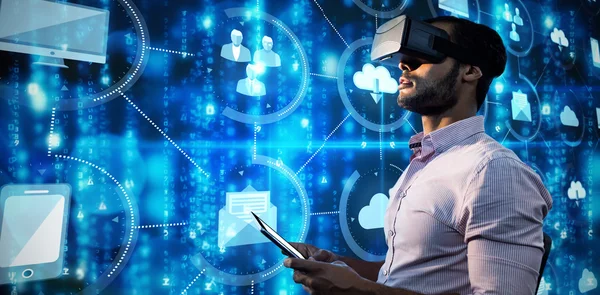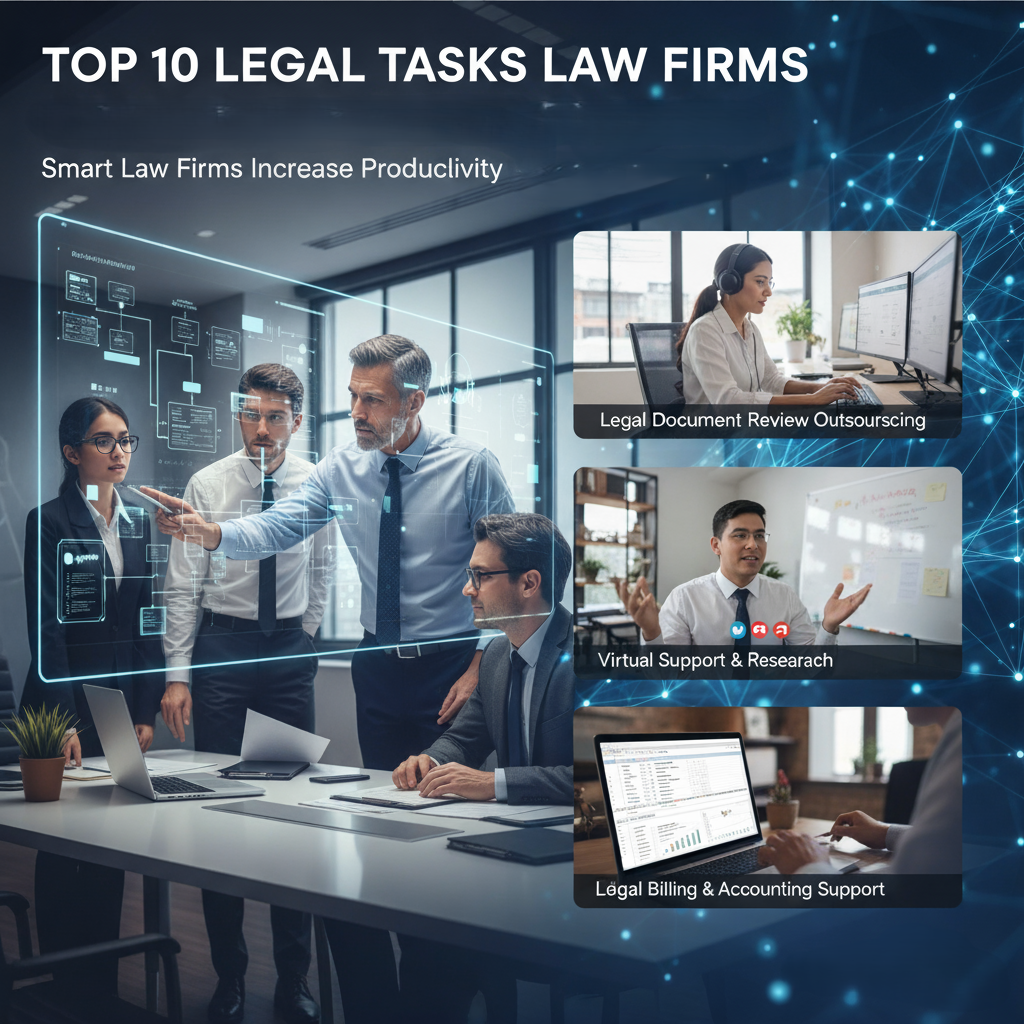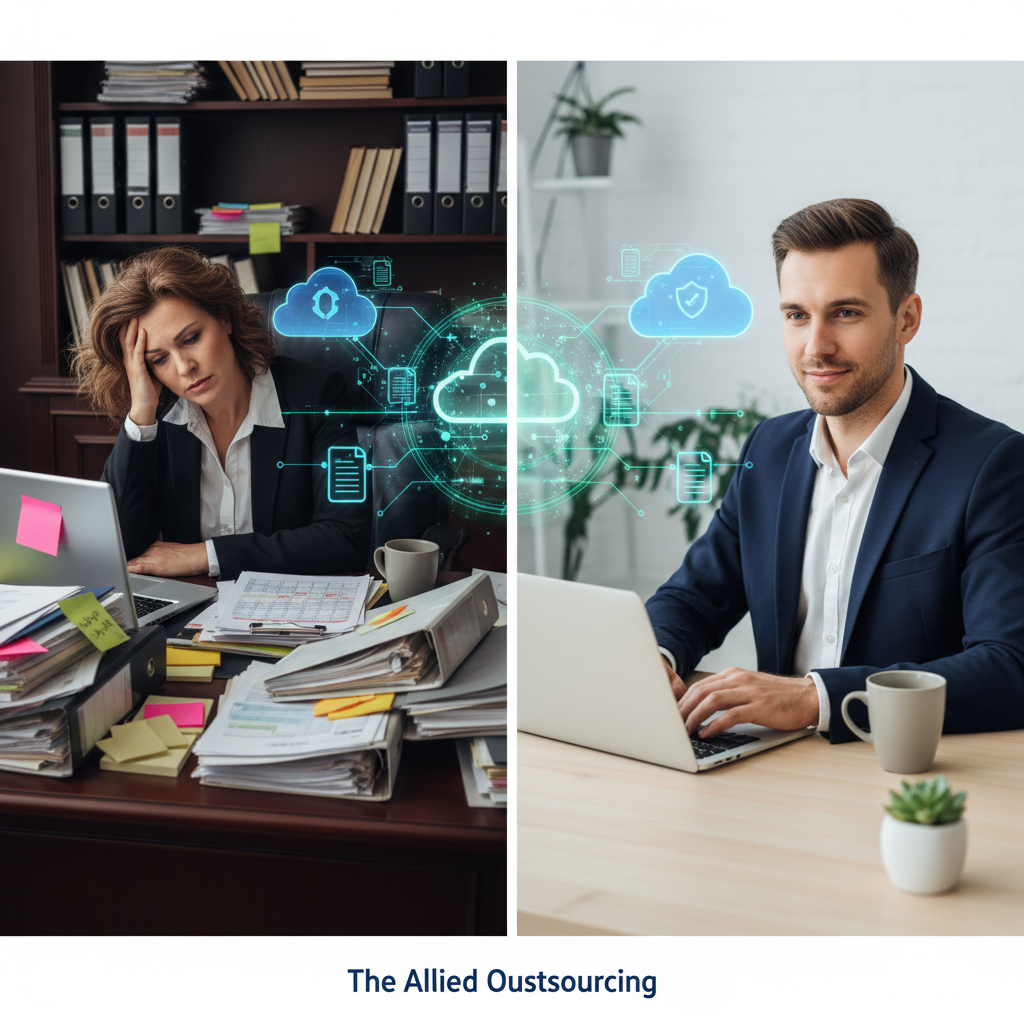- Resources
- Augmented Reality and Copyright: Legal Implications for AR Content
Augmented Reality and Copyright: Legal Implications for AR Content
August 25, 2024

The recent AR (augmented reality) technology expansion has brought about significant considerations regarding copyright concerns. As AR technology advances, it has become increasingly crucial for creators to understand and adhere to the potential legal implications. This new technology blurs the boundaries of real and virtual worlds; this article will help you understand the legal complexities that AR content creators need to be conscious of and explore the potential copyright issues that arise.
What is Augmented Reality?
In simple terms, augmented reality (AR) is an advanced technology that combines real-world surroundings with digital information using a camera and system display. This can involve virtual objects, text, or images overlaid onto the real world. AR technology is currently used in various ways, including education, entertainment, and advertising.
What are the Copyright Issues in AR Content?
Identifying the copyright holder of Augmented Reality content is one significant challenge. Unless it has been generated as an assignment intended for employment or there is a particular contract specifying alternative ownership, the intellectual property rights for the Augmented Reality material will usually be owned by the individual who created it. Establishing transparent agreements involving creators is crucial to prevent ownership conflicts.
Adopting copied material in Augmented Reality content is another crucial factor to consider. Copyright infringements may occur using protected augmented reality (AR) content without authorization, identical to any other form of content. Acquiring the required authorizations or licenses is essential before utilizing any material copied in your AR projects.
Legitimate utilization When embedding material protected by copyright into Augmented Reality content, legitimate utilization should be considered. For particular reasons, which include criticism, comments, irony, or teaching, fair use enables the unrestricted use of copyrighted content without asking permission. However, it is essential to remember that fair use is a legal defense instead of a justification for using material protected by copyright without authorization.
Worries about copyright may arise due to the replication and distribution of Augmented Reality content. Spreading Augmented Reality content without its owner’s consent may result in allegations regarding copyright violation if the content includes material protected by copyright.
In the final analysis, copyright concerns should be considered by both Augmented Reality content providers and consumers. To avoid any legal issues concerning Augmented Reality material, it has become essential to ensure that adequate agreements have been put in place, safeguard relevant permits, and adhere to copyright laws and regulations.
What are the Best Practices for AR Content Creators?
Following are some significant legal considerations that AR content creators need to follow to avoid any hassle in copyright about Augmented Reality content:
- Uniqueness: augmented reality content ought to be unique and not an identical replication of any other person’s work, similar to any creative content. Taking precautions rather than utilizing written content, images, or animations safeguarded by copyright without approval is crucial.
- Derivative Works: Content generated with augmented reality technology that derives influence from existing copyrighted works could be considered a derivative work and demands authorization from the person who holds the copyright. This involves using copyright-protected characters, logos, and other aspects.
- Fair use: Occasionally, copyright-protected content in an augmented reality scenario could be permissible. The legal principle of fair use enables limited use of copyrighted content, including education, study, news coverage, critiques, and comment. If you need clarification on whether something qualifies for fair use, it’s best to consult an attorney, as many considerations must be considered.
- Public Domain: Users may typically utilize content in AR creations without restrictions if the content is in the public domain, which signifies that either the creator has given away their ownership interests or the copyright is no longer valid. Still, before using any content, verify it has no copyright protection.
- Enforcement: Copyright owners can pursue violators and enforce their legal rights. To avoid legal problems, adhere to copyright regulations and obtain the appropriate authorizations.
In conclusion, navigating the legal terrain involving copyright in the overall context of AR content requires thoughtful consideration and adherence to the relevant regulations.
Suppose you have any specific queries or worries concerning copyright issues related to your AR project. Speaking with an attorney with expertise in intellectual property might be advantageous.
The Allied Outsourcing is one of the prominent providers of outsourced legal services that tend to deliver thorough and effective legal support to international law firms and corporations through their vast experience and global connections.
Employing The Allied Outsourcing for legal research can reduce expenses, increase adaptability, and access to a competent group of legal practitioners. The Allied Outsourcing can provide excellent services customized to fulfill the precise demands of every customer.
For any help, contact us at https://thealliedoutsourcing.com/contact/
All Categories
- Agile Legal Support (1)
- Case Law (88)
- Case Studies (6)
- Demand Letter (14)
- Deposition Summaries (11)
- Legal Outsourcing (3)
- Legal Research (72)
- Marketing (1)
- Medical Summaries (14)
- Others (4)
- Personal Injury (54)
- Virtual Assistant (59)
- Virtual Paralegal (2)
Related Blogs




